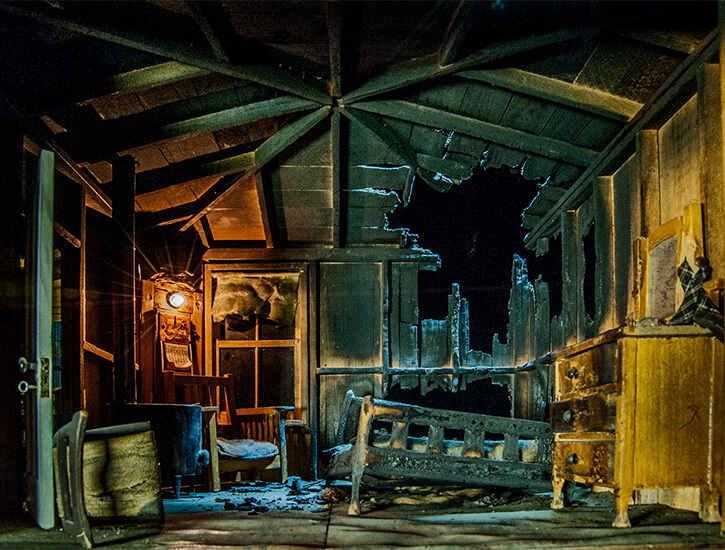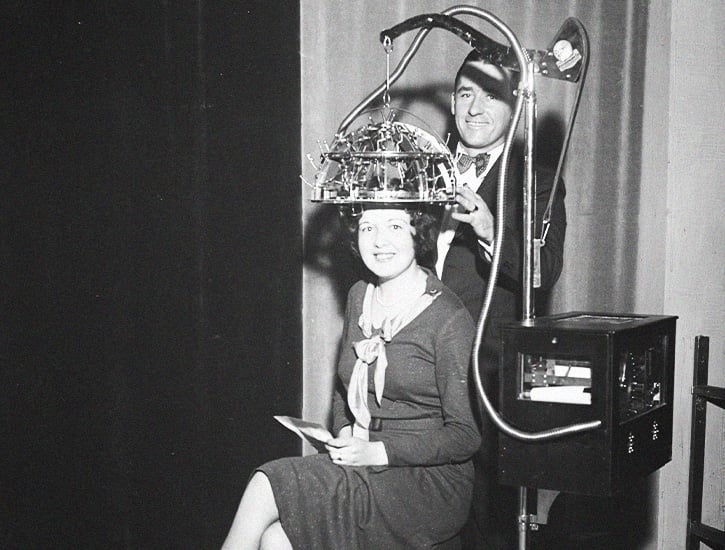PASADENA — The bollywood best sex videosUSC Pacific Asia Museum is presenting two Japan-related exhibitions through Aug. 2.
“Ikko Style: The Graphic Art of Ikko Tanaka, which opens April 2, will present the work of Ikko Tanaka, one of the leading graphic designers in Japan in the second half of the 20th century.

“Ikko Style” will provide a colorful look into how the artist’s ideas were visualized and transmitted to a broad audience. Over 40 posters will be on view, all of which are part of the museum’s permanent collection.
Tanaka’s style is provocative yet timeless, drawing visual idioms from his cultural background and redefining them with the collective imagination of the present time. Born in Nara, the cradle of Japanese civilization, educated in Kyoto, the imperial capital and the cultural hub of Japan, and starting his career in Osaka, the city of commerce and art patronage, Tanaka was well situated to be a successful graphic master in Tokyo, an international metropolis.
As a relentless promoter of visual expression, Tanaka strove to achieve universal aesthetic value beyond regional or cultural barriers, which can be seen in his countless designs of posters, logos, trademarks, books and packages. Through his vision, forms drawn from traditional ukiyo-e (pictures of the floating world) were reduced into striking abstract designs to promote cultural events. Using his aptitude for understanding visual elements from any form, Japanese written characters were transformed into effective and innovative graphic tools.
Through Tanaka’s celebrated work with fashion designers and corporations, including Hanae Mori and Issey Miyake and Mazda Corporation, Tanaka was able to bridge the gap between fine art and the commercial sector.
“Visualizing Enlightenment: Decoding Buddhist Iconography” presents an exceptional Amida Buddha from the Kamakura period (1185-1333). At over six feet tall, Amida Buddha is a rare example of large-scale sculpture from the period, and was executed using the yosegi technique, in which a single image is carved from multiple pieces of wood and then joined together from the inside.

Buddhist art comprises a tremendous range of objects from paintings to sculpture to ritual objects. Amida Buddha served as a powerful pedagogical tool to help devotees visualize the teachings and philosophical ideas of the religion.
Amida Buddha, meaning “Limitless Light” in Sanskrit, is the Buddha of the western Pure Land sect in East Asia. It is one of the most widely worshipped Buddhas in the Mahayana tradition due to a doctrine that assured salvation to commoners. With this prime example of Amida Buddha from the 13th century, this intimate exhibition in the Focus Gallery aims to explain some of the most common iconography of Buddhist art.
A third exhibition, “A New Way Forward: Japanese Hanga of the 20th Century,” which opened last year, will close on Sunday, April 19.
The last quarter of the 19th century brought profound changes in Japan as it transformed from a feudal society into a modern nation. Japanese artists went through equally fundamental changes as new theories were introduced from the other side of the world through books, magazines and increased travel by both Japanese and Westerners.
In the field of woodblock prints, the traditional ukiyo-e (pictures of the floating world) of the Edo and Meiji periods fell by the wayside, in favor of reinvigorated forms of printmaking as a means of artistic expression. Known as sosaku hanga (creative prints), artists in this group attempted to bridge “fine art,” a newly introduced Western concept, and “craft.”
Breaking away from the so-called ukiyo-e quartet system involving artists, carvers, printers and publishers, the artists in this movement designed, cut and printed their own images. Artists in the sosaku hanga movement found great inspiration from magazines that introduced the theories and styles of movements such as Impressionism, Art Nouveau and Avant-garde. On the other side of the spectrum, the shin hanga (new prints) movement endeavored to revitalize traditional ukiyo-e by maintaining the quartet system.
Watanabe Shozaburo (1885-1962), the driving force behind shin hanga, published prints by the artists he represented utilizing traditionally trained carvers and printers. Guided by this influential advocate, shin hanga artists embraced the past yet modernized their images to appeal to the Western audience and compete against the more Western-oriented sosaku hanga.
Closely tracking with the significant developments in Japanese political and social spheres of the early 20th century, the exhibition presents examples of shin hanga and sosaku hanga side-by-side in order to bring their shared aspects into focus for visitors, as well as their distinguishing characteristics. Major artists of the shin and sosaku hanga movements, including Kawase Hasui, Hiroshi Yoshida, Ito Shinsui, Kiyoshi Saito and Munakata Shiko, were included in two complete six-month rotations.
USC Pacific Asia Museum is located at 46 N. Los Robles Ave. in Pasadena. Hours are Wednesday through Sunday, 10 a.m. to 6 p.m. Admission is $10 general; $7 for students with valid ID and seniors (60+); free for children ages 12 and under; free for all museum members, USC faculty, staff and students with current ID; free for all visitors on the second Sunday of the month. For more information, call (626) 449-2742 or visit http://pacificasiamuseum.usc.edu.
 Obama: Akaka ‘Embodied the Aloha Spirit’
Obama: Akaka ‘Embodied the Aloha Spirit’
 A Fire on the Mountain
A Fire on the Mountain
 Scores and Transgressions
Scores and Transgressions
 Ige Signs Emergency Proclamation in Anticipation of Hurricane Lane
Ige Signs Emergency Proclamation in Anticipation of Hurricane Lane
 NASA's Artemis 2 commander Reid Wiseman isn't perfect
NASA's Artemis 2 commander Reid Wiseman isn't perfect
 Scientists find a 'giant' new species. It's a delicacy.
Scientists find a 'giant' new species. It's a delicacy.
 China tightens tax reporting rules for internet platforms · TechNode
China tightens tax reporting rules for internet platforms · TechNode
 Manzanar Committee Decries Attacks on Immigrant Children and Families
Manzanar Committee Decries Attacks on Immigrant Children and Families
 Scientists spotted a giant comet spewing gas 2 billion miles from sun
Scientists spotted a giant comet spewing gas 2 billion miles from sun
 ‘Nikkei Samurai’ Exhibition on View at Go For Broke
‘Nikkei Samurai’ Exhibition on View at Go For Broke
 We Tested the Switch 2 Display
We Tested the Switch 2 Display
 NASA orbiter snaps photo of Japanese moon lander wreckage
NASA orbiter snaps photo of Japanese moon lander wreckage
 Fashionable Nonsense
Fashionable Nonsense
 Ige Signs Emergency Proclamation in Anticipation of Hurricane Lane
Ige Signs Emergency Proclamation in Anticipation of Hurricane Lane
 The C.U.P. Runneth Over
The C.U.P. Runneth Over
 DLSS 4 Upscaling at 4K is Actually Pretty Amazing
DLSS 4 Upscaling at 4K is Actually Pretty Amazing
 CATL backs humanoid robotics startup Galbot in $153 million funding · TechNode
CATL backs humanoid robotics startup Galbot in $153 million funding · TechNode
 Resources for Finding Your JA Roots
Resources for Finding Your JA Roots
 Celestron telescopes on sale: Save up to 39%
Celestron telescopes on sale: Save up to 39%
'Rise of Skywalker' made Kylo Ren the most exhausting man in the galaxyLyft's eYour resolution for 2020 should be to leave your f*ckboi behind'The Rise of Skywalker' failed to care about Finn's story. That's a problem.The best 'ships of the Star Wars universeAustralia's 1.2Uber is getting kicked out of ColombiaJ.J. Abrams reveals what Finn wanted to tell Rey in Rise of SkywalkerRey's revelation in 'Rise of Skywalker' changes Star Wars for the worseEnd of an era: 2020 brings Tesla's federal tax credit to zero Was Vanilla Ice on that quarantined plane? An investigation. Sesame Street writer confirms that Bert and Ernie are a gay couple Rapper Mac Miller dies at 26 Dude realizes he's allergic to hair dye just a little too late This Jeff Goldblum shower curtain will take your bathroom to the next level Dandruff scratching is the new ASMR trend we can't believe we love Olivia Munn is paying a price for her bravery and it's so very wrong This dog's ear contains another dog and it's sort of mind Serena Williams fined $17K adding insult to sexist injury Fighting snakes fall through bedroom ceiling, and that's enough internet for today
0.1342s , 14338.703125 kb
Copyright © 2025 Powered by 【bollywood best sex videos】Enter to watch online.‘Ikko Style’ and ‘Visualizing Enlightenment’ at USC Pacific Asia Museum,Global Perspective Monitoring